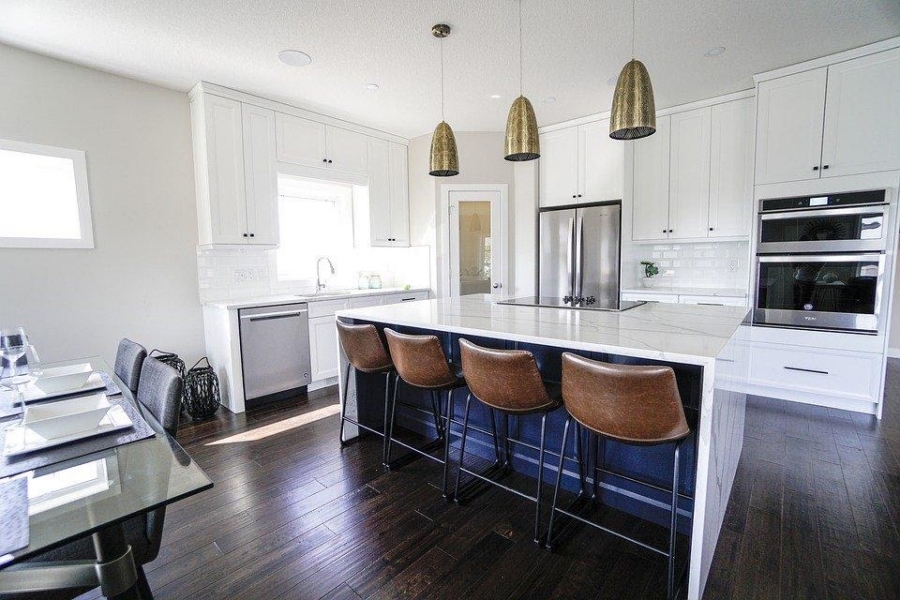If you’ve ever watched a real estate show, you’ve likely heard the number one thing buyers want is an open floorplan. Open-concept design has its perks certainly, but it’s not right for everyone and their needs. Despite it being so in demand, it’s important you think about those downsides you might not have considered.
What is Open-Concept?
An open-concept floorplan indicates a layout where there are large, open rooms and multiple functions within a single space. If you don’t have a lot of square footage to work with, an open floorplan works well. If you have a large home, you might not need an open-concept plan because each individual room itself is so big.
Homes built before the 1990s tended to have a lot of separation between rooms. By the 2000s, the open floorplan was definitely the more popular option.
The Pros of Open-Concept
The following are some of the upsides of a wide-open living area.
• If you have a family, particularly with young kids, open-concept can make it easier for everyone to be together and for you to keep an eye on the kids even while you’re doing other things like cooking. You get a sense of togetherness with an open floorplan.
• Open floorplans help you make better use of space that would otherwise be unusable. For example, if you have a formal dining room, you may not use it often. With an open floorplan, you’re more likely to use all of the space available to you.
• If you entertain, open floorplans are undoubtedly ideal for you.
• Taking out walls or having a design with limited interior walls allows for more natural light, and you can get outdoor views.
The Cons of Open-Concept
Again, while people rave about open-concept living, it’s not right for everyone. Downsides include:
• If you have older children or multiple generations in your household, you might want the privacy that smaller rooms can bring to your home. If you have, let’s say a nanny who lives with you or something similar, open-concept can bring you all together in a way that maybe you don’t prefer.
• If you’re someone who loves to display items on your walls, you’re going to have limited space to do so with open-concept. For art collectors, as an example, you might want more rooms and thus more walls.
• If your kids regularly make a mess, having enclosed rooms can help you contain it to one room more easily, so it doesn’t spill into other living areas.
• Noise travels a great deal in open-concept plans.
• You may want rooms that are dedicated to specific, individual uses. For example, maybe you want a home office, a workout room, or a crafts room.
If you’re deciding on a new home or thinking about renovations, it doesn’t have to be all-or-nothing with open-concept.
There is a middle ground. For example, maybe your living area and kitchen are open to one another, but your dining area is separate. There might also be designs where you put partial walls to provide some delineation between spaces without full closure.





